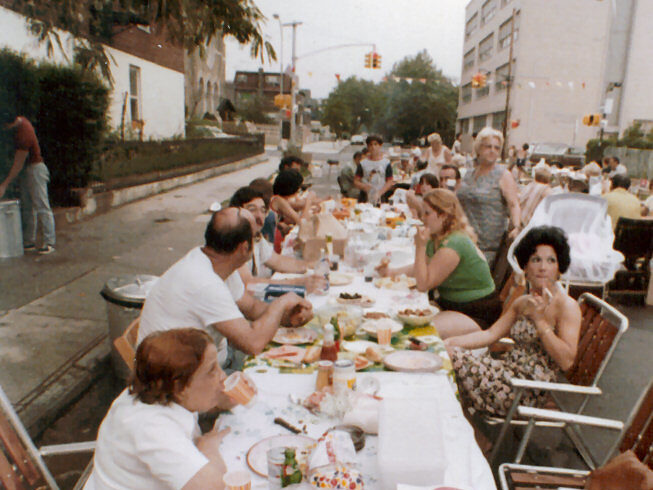
The 1970s were a time of bell-bottoms, disco, and everyday habits that would seem almost alien to younger generations. From the way we communicate to the things we use daily, so much has changed. Let’s take a trip down memory lane and revisit 15 things that were once common but have nearly disappeared today.
Rotary Phones
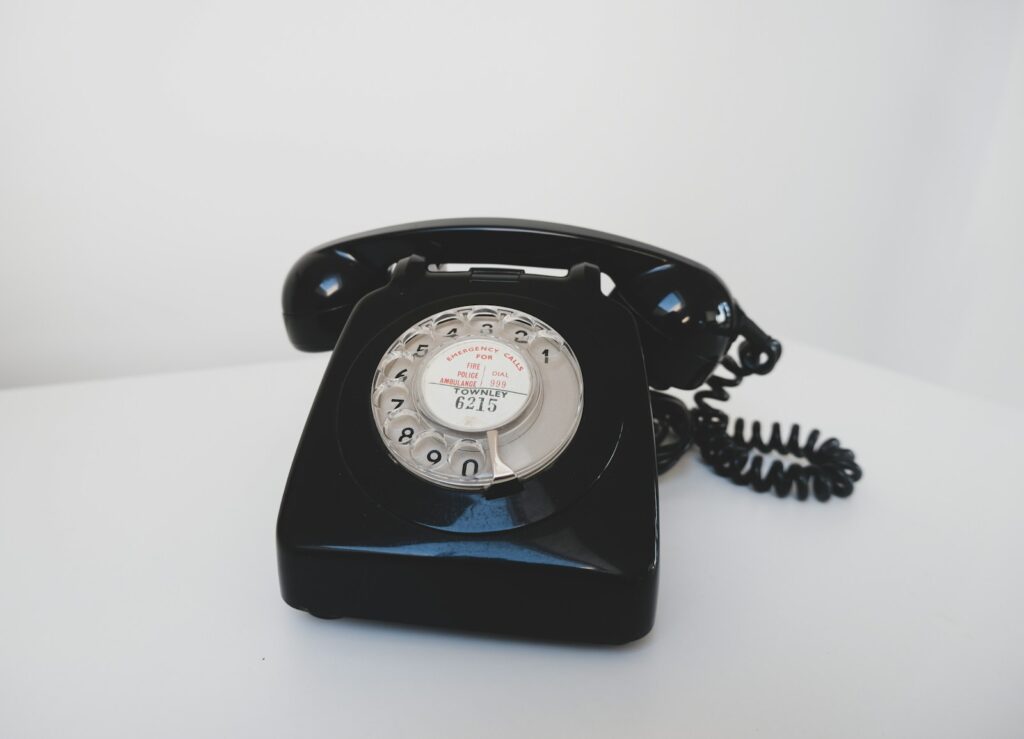
Before smartphones and touchscreen dialing, rotary phones ruled the landline world. Each call required manually spinning a circular dial, with the numbers clicking back into place one by one. It was a slow process, and misdialing meant starting over. If someone had a lot of 9s or 0s in their number, it felt like an eternity!
TVs Without Remotes
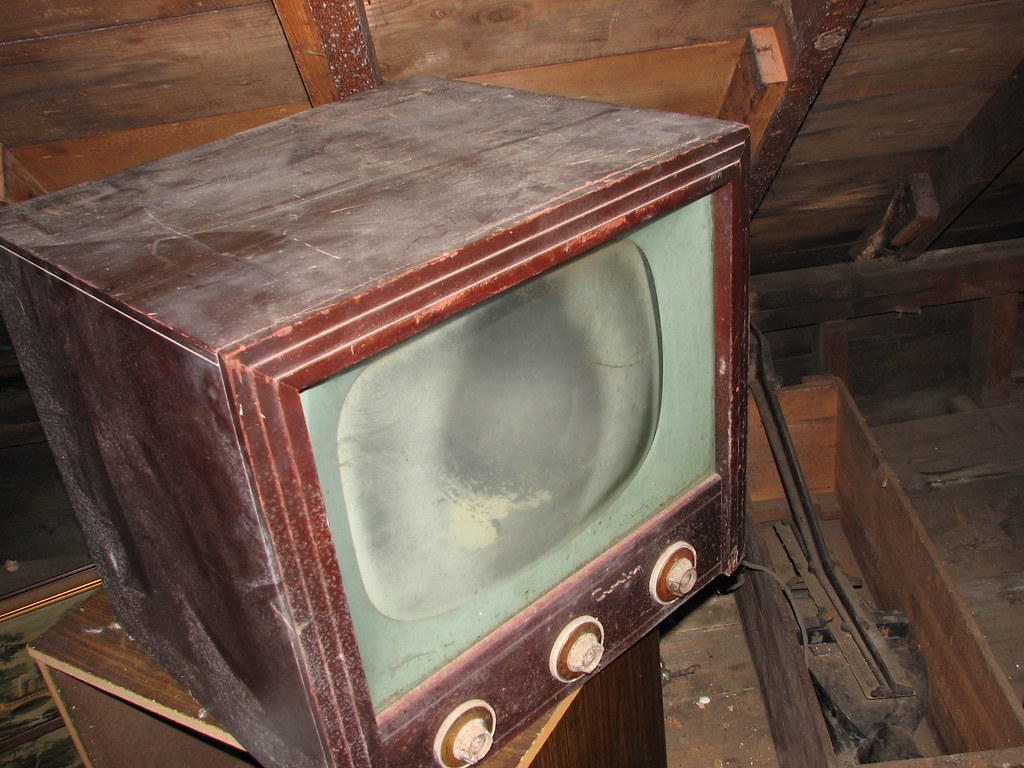
Changing the channel meant getting up and turning a chunky dial on the television. With only a handful of stations available, there wasn’t much flipping to do, but households often had a designated “channel changer” (usually the youngest sibling). If the antenna wasn’t positioned correctly, you might have to adjust the “rabbit ears” to get a clear picture.
Ashtrays Everywhere
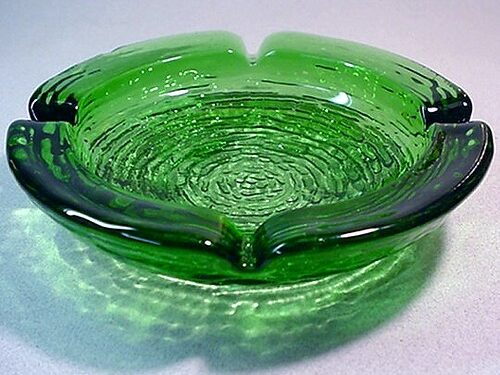
Smoking wasn’t just common—it was expected. Ashtrays were on every table in restaurants, in cars, at work desks, and even on airplanes. It was normal to see clouds of cigarette smoke indoors, and hardly anyone thought about secondhand smoke. Today, most places have strict no-smoking policies, and ashtrays have become nostalgic relics.
Station Wagons with Wood Paneling
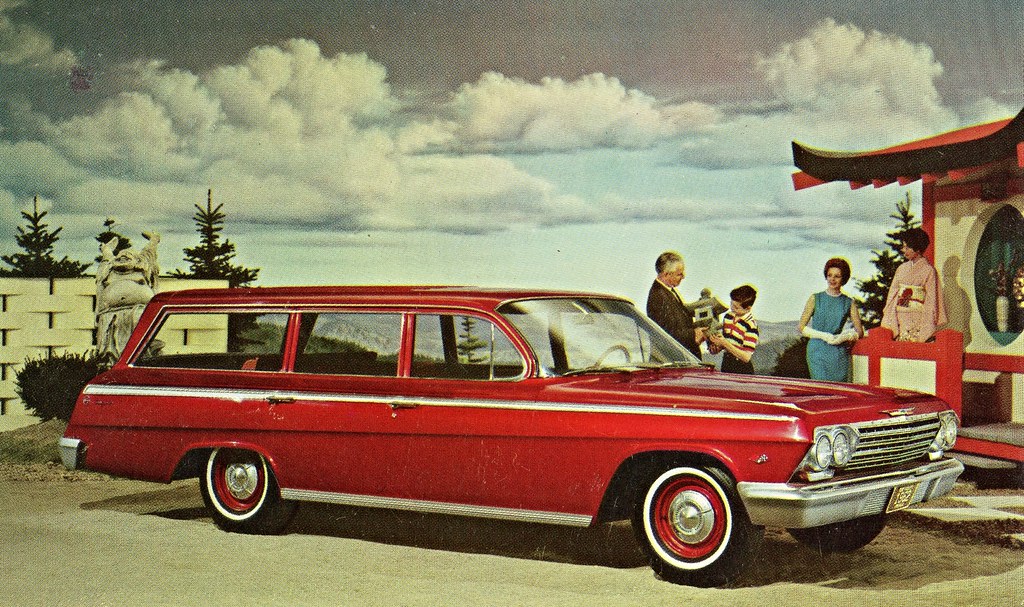
The classic station wagon, with its faux-wood paneling, was the ultimate family vehicle. These long, boat-like cars could fit an entire family, plus luggage, dogs, and sometimes even a friend or two. Seatbelts weren’t a big concern, so kids often rolled around in the back, sometimes in a rear-facing seat, waving at the cars behind them.
Phone Books & Yellow Pages
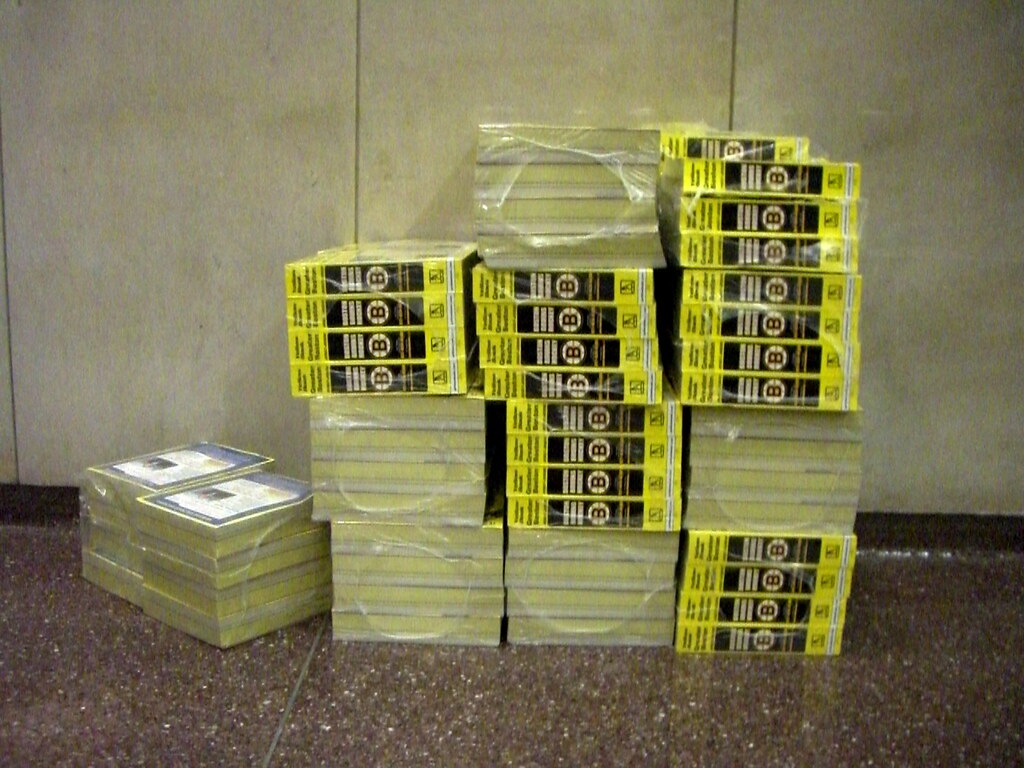
Finding a phone number meant flipping through a massive book filled with thousands of listings. Every household had at least one, and businesses paid extra for bold or colorful ads. The Yellow Pages were for businesses and the White Pages listed personal numbers. Now, Google has replaced the need for these heavy, paper-filled directories.
Drive-In Theaters
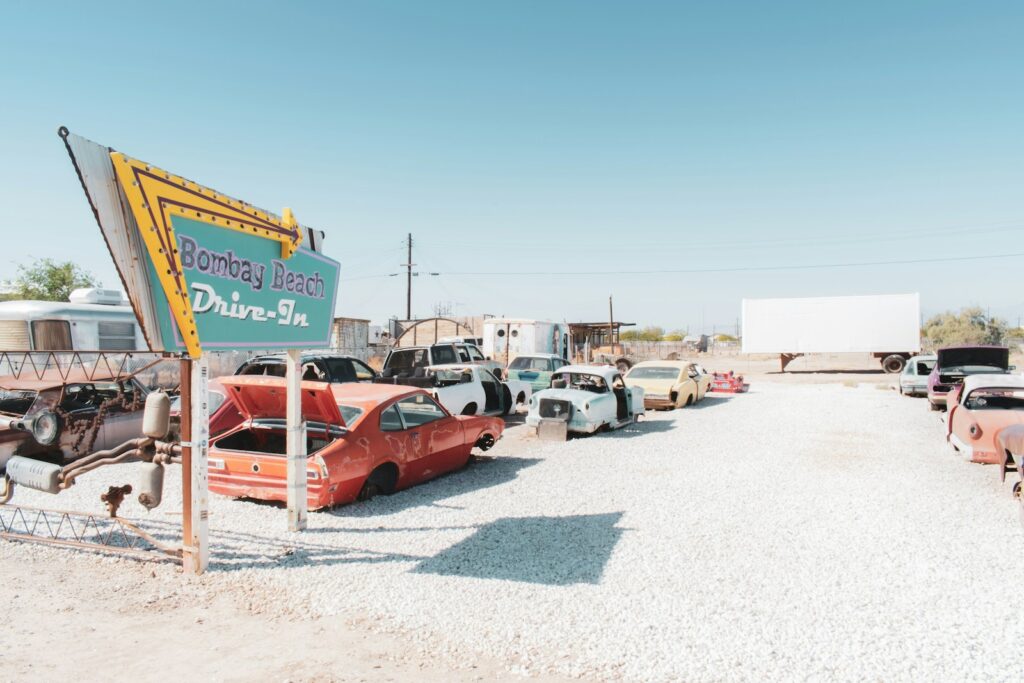
A date night or family outing often meant loading up the car and heading to the drive-in for a double feature. Kids watched movies in pajamas from the backseat while adults enjoyed the show from the front. The sound came through tiny speakers hooked to the car window, and snacks were just a short walk to the concession stand.
Milk Delivered in Glass Bottles
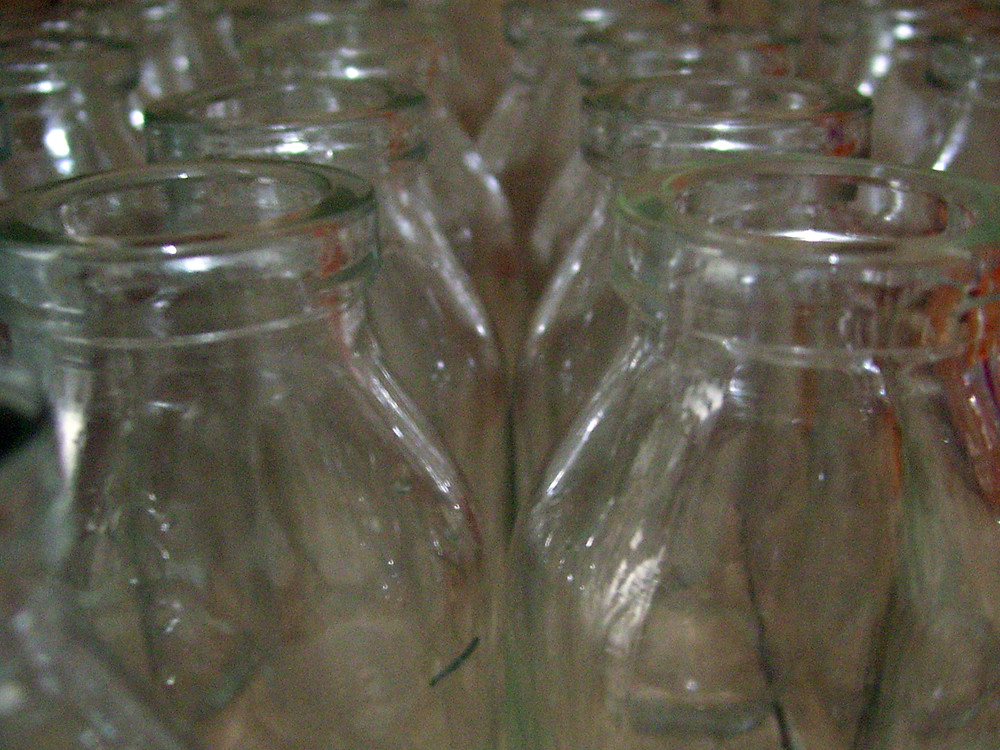
Before supermarket convenience, many households had milk delivered straight to their doorstep. A milkman would leave fresh milk in glass bottles, which were rinsed and returned for reuse. Sometimes, people even had small insulated boxes outside their doors to keep the milk cold. Today, milk delivery services are nearly extinct, replaced by plastic jugs from the grocery store.
Kids Playing Outside Unsupervised
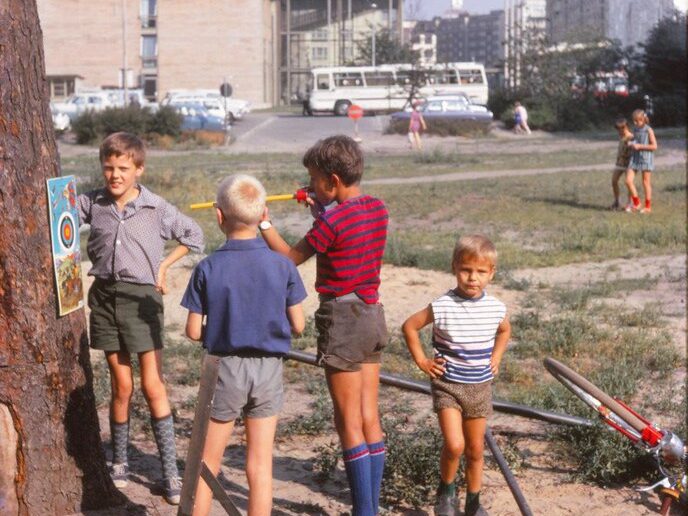
Before video games and smartphones, kids spent their days outside, playing until the streetlights came on. Parents didn’t hover, and there were no GPS trackers—just a basic rule to be home for dinner. Playgrounds, treehouses, and homemade go-karts kept kids busy, and if you wanted to meet a friend, you knocked on their door instead of texting.
Record Players & 8-Track Tapes
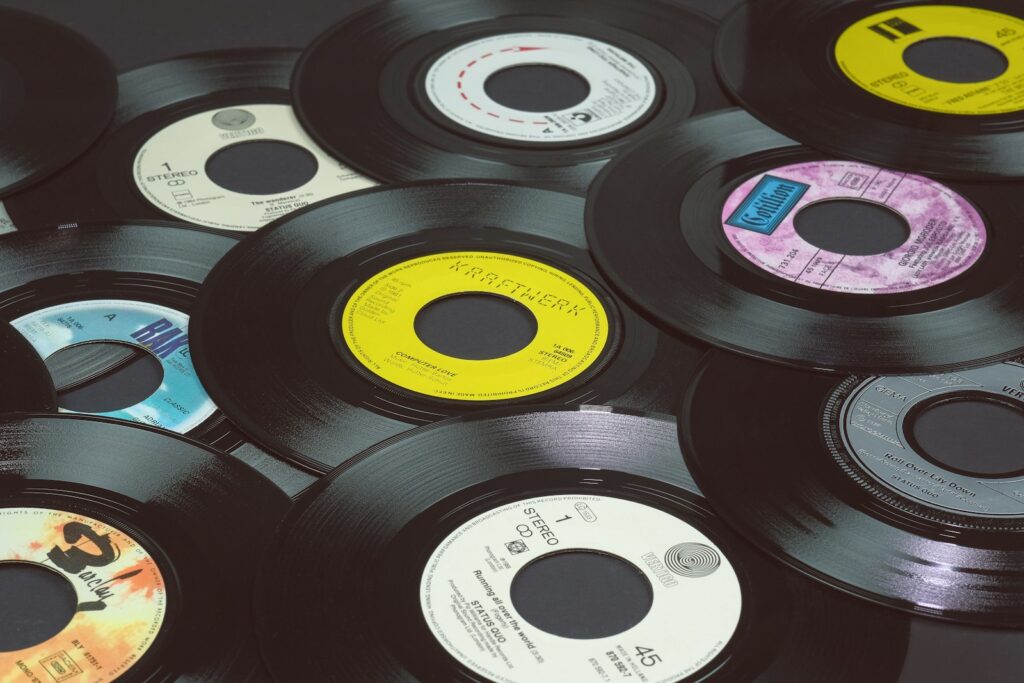
Music lovers in the ‘70s had two main options: vinyl records for home listening and 8-track tapes for the car. 8-tracks were bulky, unreliable, and sometimes changed tracks mid-song, but they were the peak of portable music. Vinyl records,on the other hand, are making a comeback—but 8-tracks remain a thing of the past.
Manual Typewriters
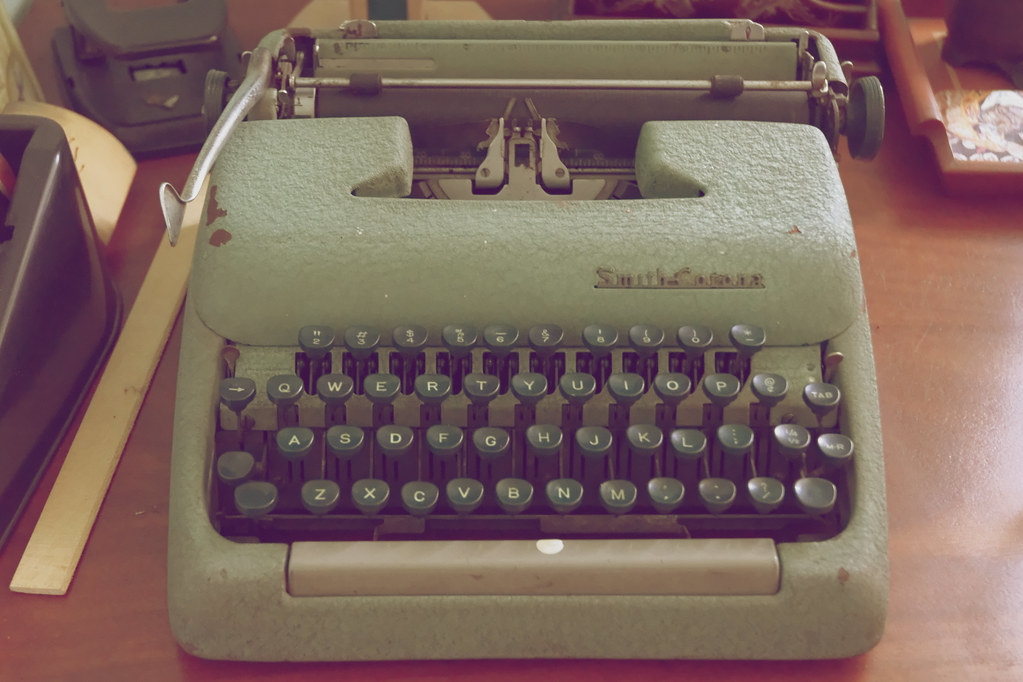
Before computers, writing anything longer than a note meant using a manual typewriter. Each key made a satisfying clack, and mistakes required white-out or correction tape. If you made too many errors, you had to start over! While some writers still use them for nostalgia, they’ve mostly been replaced by sleek, backlit keyboards.
Pay Phones
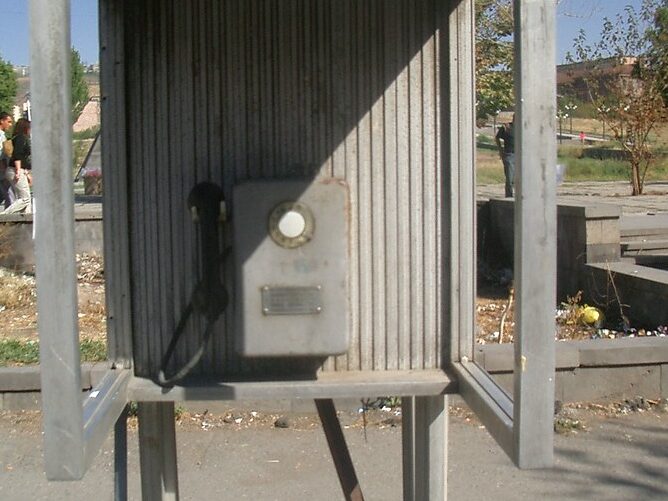
If you needed to call someone while out, your only option was a pay phone. They were everywhere—on street corners, in malls, and outside gas stations. You’d drop in a few coins, dial your number, and hope the person answered. Now, public pay phones are almost extinct, as cell phones have made them obsolete.
Waterbeds
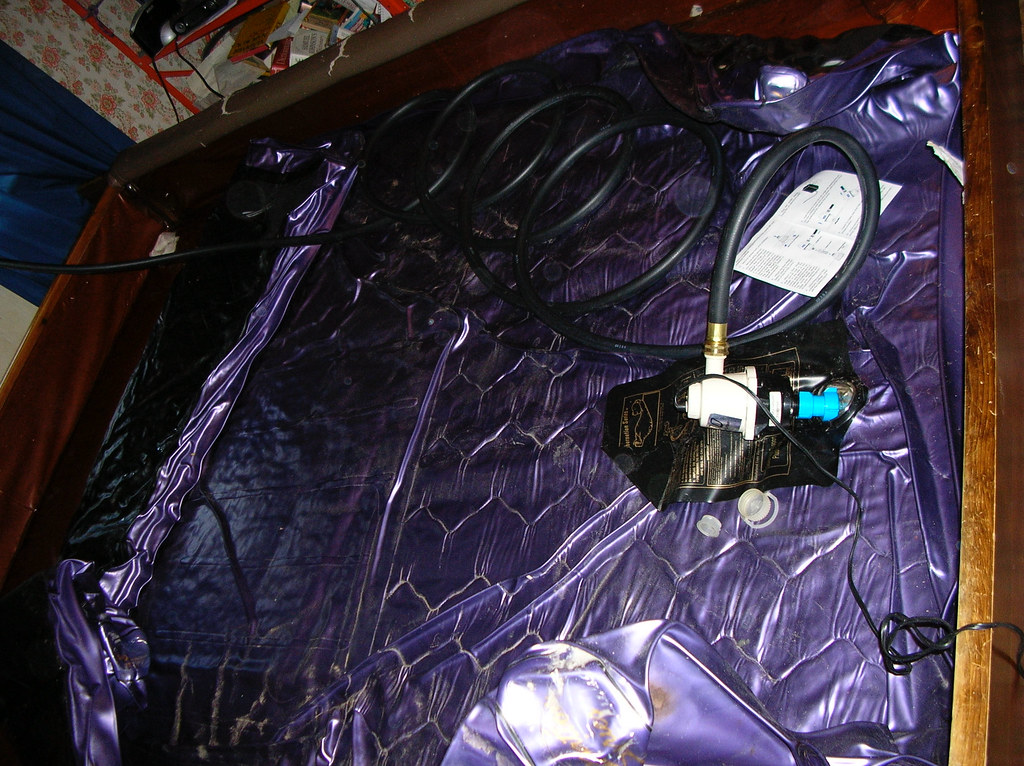
Waterbeds were all the rage in the ‘70s and considered both luxurious and cool. Filled with water and heated for comfort, they promised the ultimate sleeping experience. However, they were also heavy, prone to leaks, and nearly impossible to move. By the ‘90s, most people ditched them for traditional mattresses, but they remain a quirky memory of the past.
Film Cameras & Photo Albums
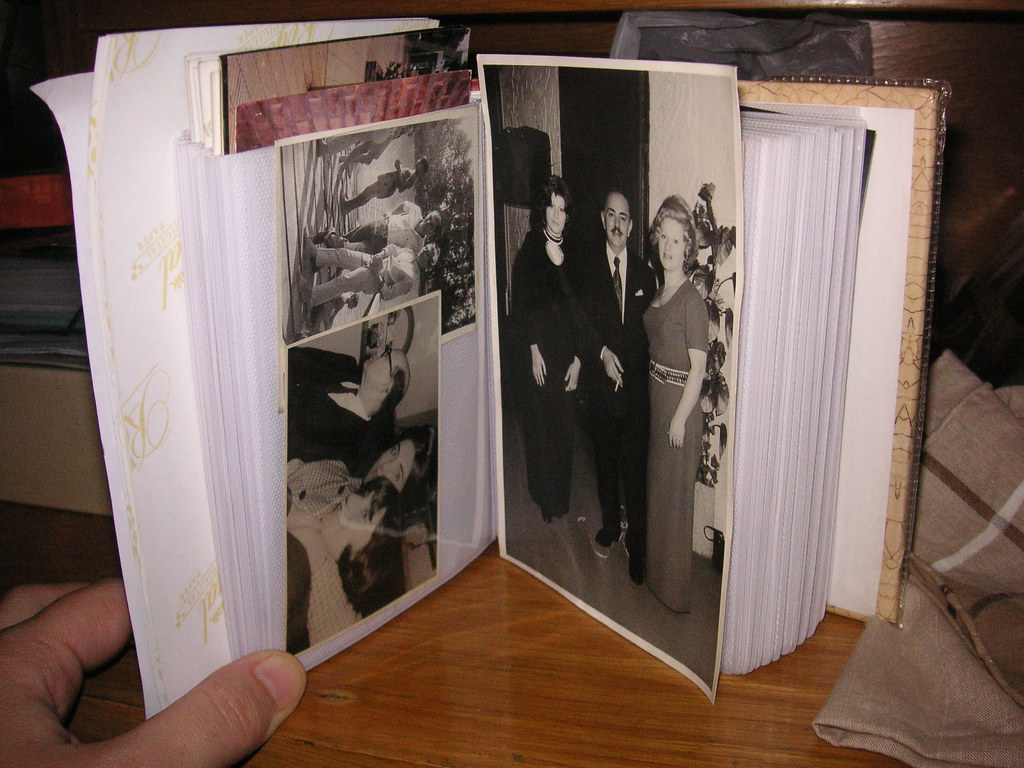
Taking pictures wasn’t instant. You had to load film into a camera, carefully take your shots (because the film was expensive), and then wait for them to be developed. The anticipation was real—sometimes, you’d get a roll full of blurry shots or surprise double exposures. While digital photography has taken over, flipping through old photo albums is still a cherished experience.
Avocado Green & Harvest Gold Appliances

The ‘70s were a bold time for home décor, and kitchens were no exception. Appliances came in wild colors like avocado green, burnt orange, and harvest gold. These shades were everywhere, from refrigerators to dishwashers. Today’s sleek, stainless-steel kitchens feel far more neutral in comparison, but some people still miss those funky colors.
Gas for Under 50 Cents a Gallon
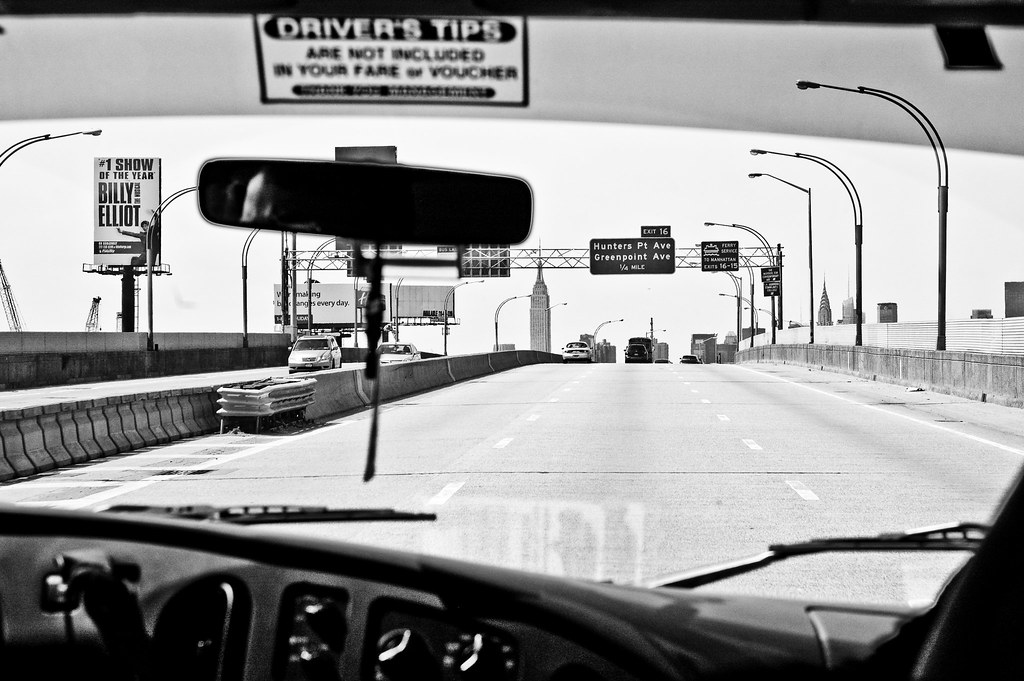
In the ‘70s, filling up your car was incredibly cheap compared to today. You could get a gallon of gas for less than 50 cents—though, thanks to inflation, it wasn’t quite as much of a steal as it seems. Still, seeing today’s prices at the pump makes many Boomers nostalgic for the days when driving was far more affordable.
